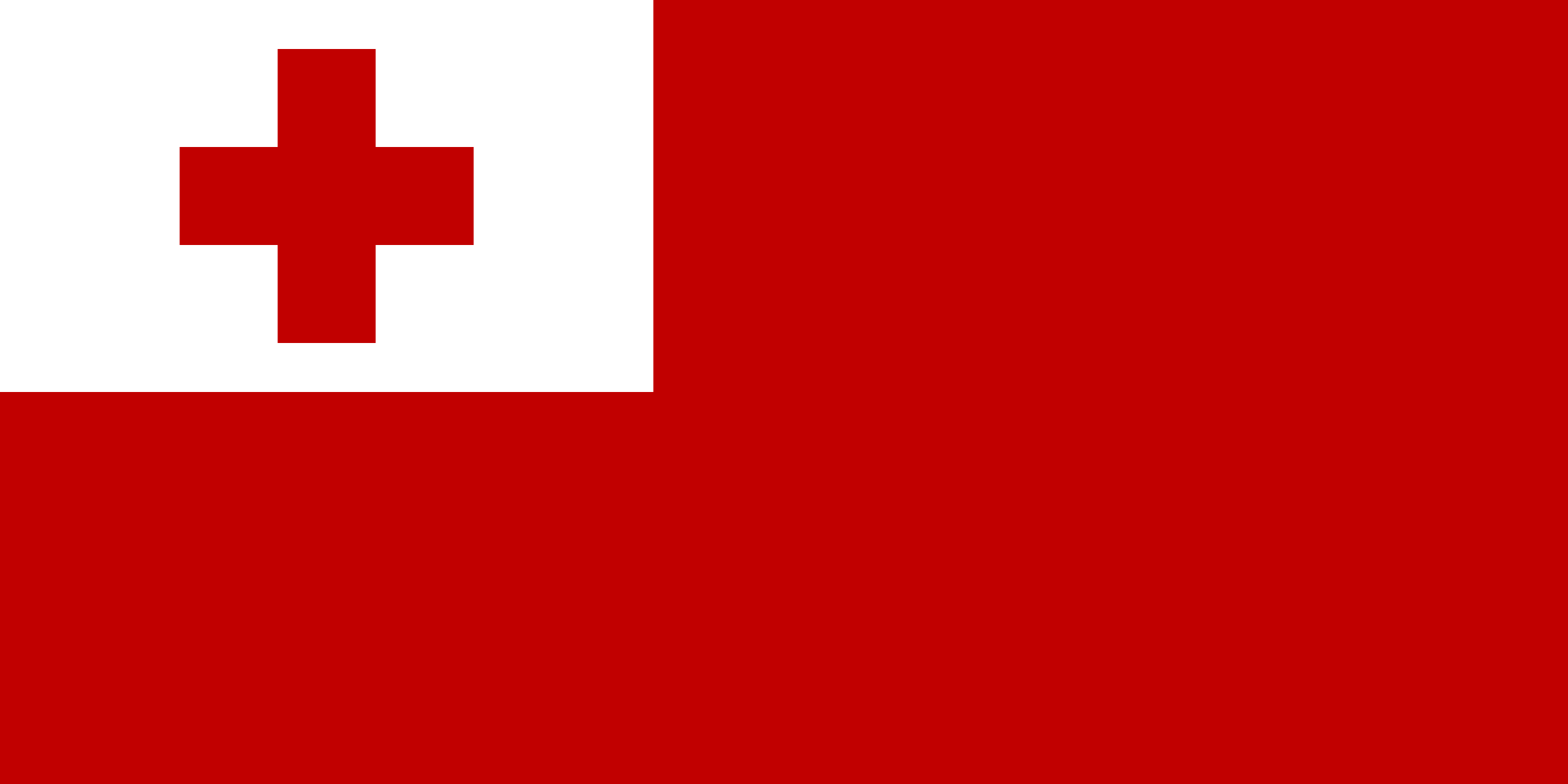The flag of Tonga, known as the “Flag of the Kingdom of Tonga” or “Puleʻanga Fakatuʻi ʻo Tonga,” is a distinctive and meaningful national emblem. Let’s explore some interesting facts about the Tonga flag, its meaning, what it represents, and its history!
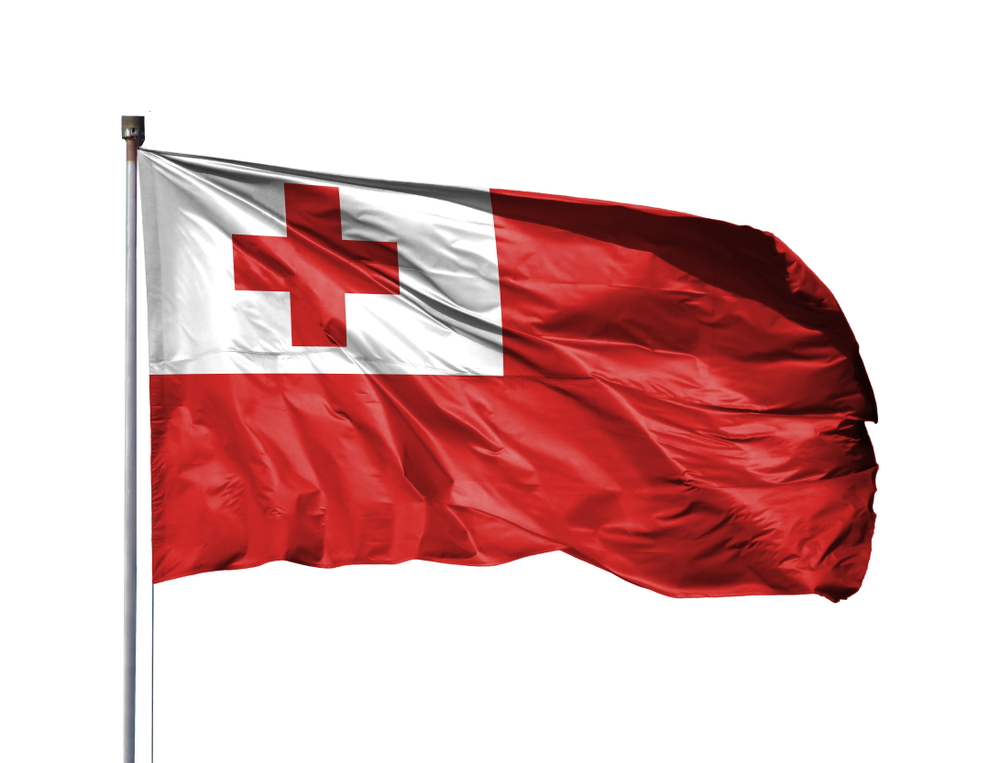
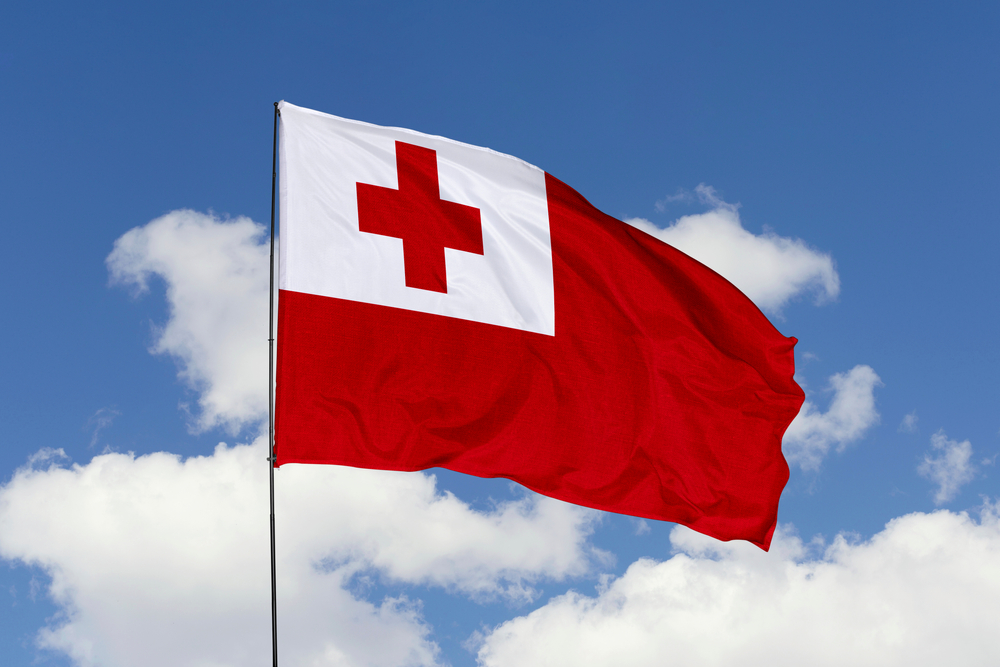
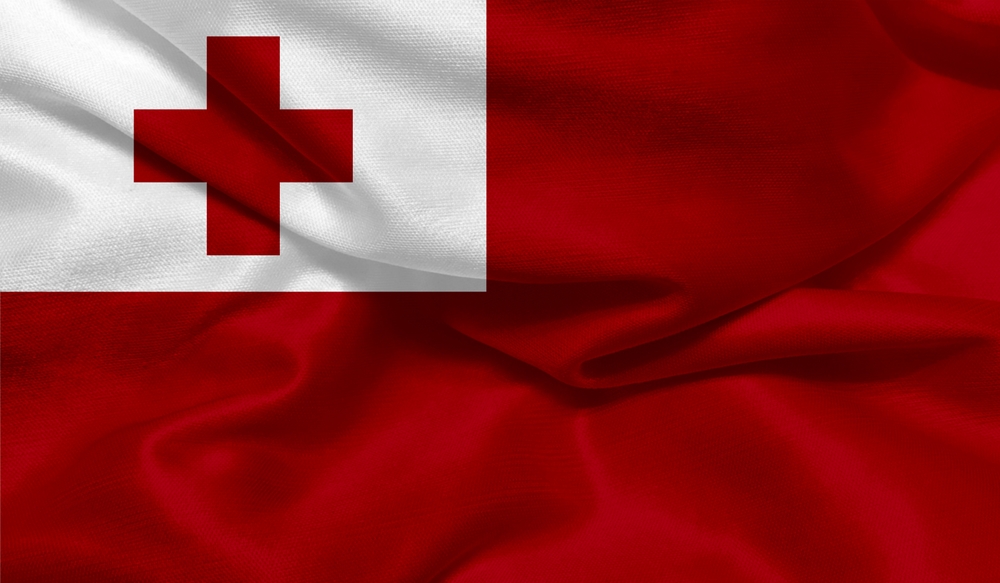
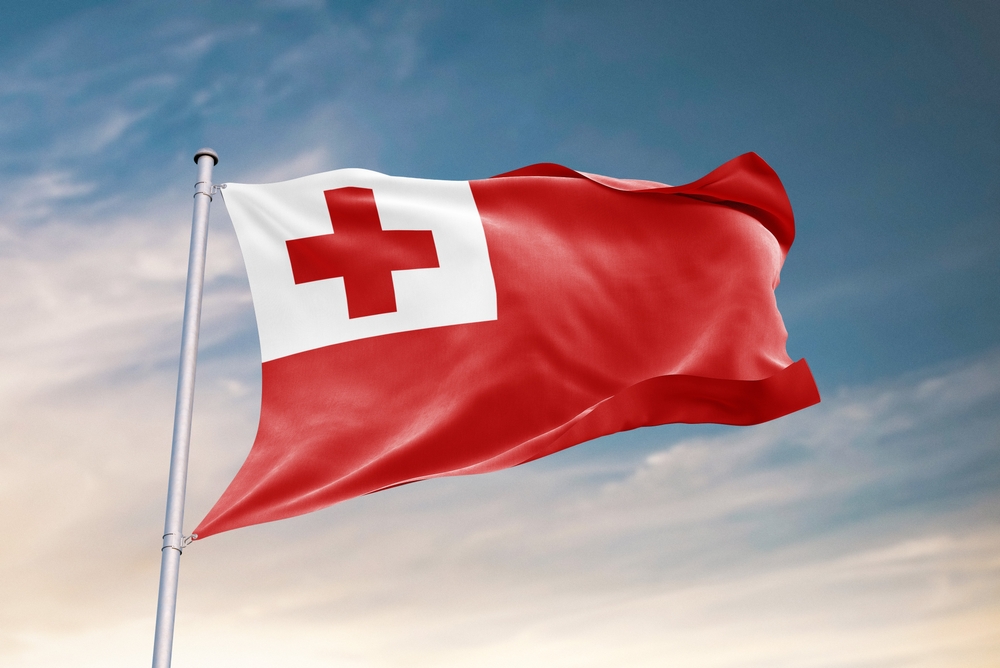
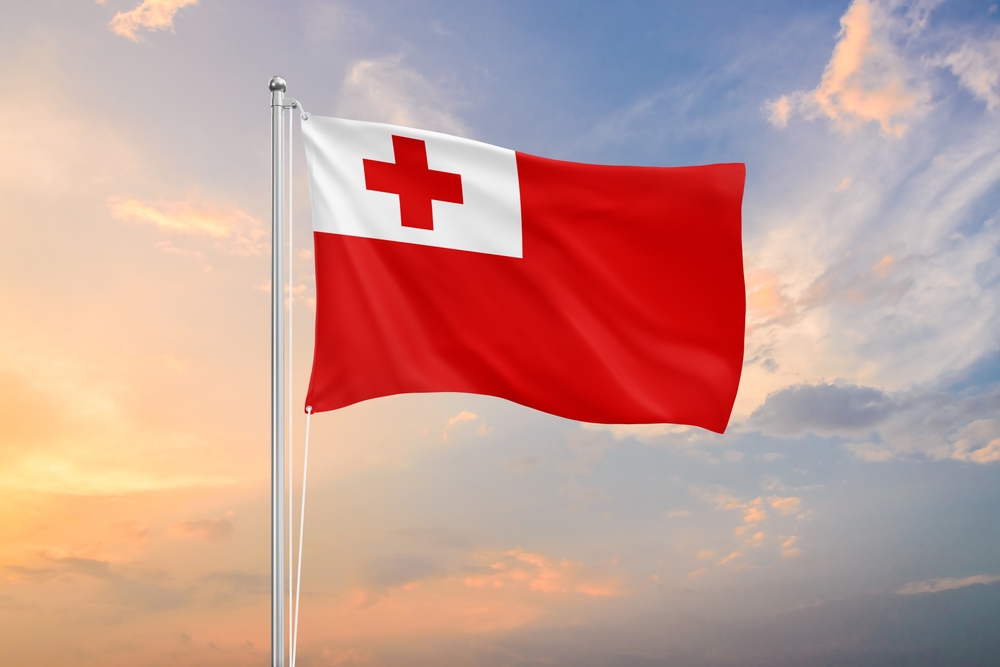
What do the colors on the Tongan flag represent?
The Tonga flag’s design and elements convey several meanings and cultural significance:
- Red Field: The red field represents the blood of Tongan warriors and the bond among the people of Tonga. It symbolizes unity, sacrifice, and the shared history and identity of the nation.
- White Canton: The white canton in the upper left corner of the flag features a distinctive red cross. This cross is known as the “Cross of Saint George” and is closely associated with Christianity, which has a significant influence in Tonga. It represents the strong Christian faith and heritage of the Tongan people.
What is the history of the Tongan flag?
The history of the Tonga flag is closely connected to the country’s monarchy and its interactions with Western powers:
- Early Flags: Before the adoption of the current flag, Tonga used various flags, including the Union Jack, as Tonga had a British protectorate status for a period.
- Design and Adoption: The current flag design, featuring the red field and the Cross of Saint George, was officially adopted on November 4, 1875, during the reign of King George Tupou I. This flag was a part of King George Tupou I’s efforts to modernize Tonga and strengthen its position on the world stage.
- Continued Significance: The Tonga flag continues to be a symbol of national pride and identity. It is flown throughout the country on public buildings, at official events, and on special occasions.
In conclusion, the flag of Tonga, with its unique design and the Cross of Saint George, represents the nation’s Christian faith, unity, identity, and sovereignty. It is a symbol of Tonga’s cultural heritage, history, and its commitment to both its traditional values and its place in the modern world.
Why does the Tongan flag have a red cross on it?
The red cross on the Tongan flag represents Christianity, which is the dominant religion in Tonga.
What is the significance of the coat of arms on the Tongan flag?
The coat of arms on the Tongan flag features a crown, a dove, and two crossed axes. The crown represents the monarchy, the dove represents peace, and the axes represent the importance of agriculture and industry in Tonga.
How many stars are on the Tongan flag and what do they represent?
There are five stars on the Tongan flag, which represent the five island groups that make up the country.
What is the meaning behind the design of the Tongan flag?
The design of the Tongan flag is meant to reflect the country’s unique culture and history, as well as its close ties to Christianity.
Has the Tongan flag always looked the same?
The Tongan flag has undergone several changes over the years, including changes to the coat of arms and the number of stars.
What is the protocol for displaying the Tongan flag?
The Tongan flag should be displayed in a prominent location, and should never be flown upside down or with any other flag above it.
What is the size and ratio of the Tongan flag?
The Tongan flag has a ratio of 1:2, and the dimensions of the flag vary depending on its intended use.
Are there any interesting facts or trivia about the Tongan flag?
One interesting fact about the Tongan flag is that it is one of the few national flags in the world that features a red cross.
What Does the Tonga Flag Represent?
- Christianity: The presence of the Cross of Saint George signifies the importance of Christianity in Tonga. It represents the nation’s deep religious faith and the role of the Church in Tongan society.
- Unity and Identity: The red field and the cross symbolize the unity of the Tongan people and their shared cultural and historical identity. It reflects the nation’s strong sense of community and belonging.
- Sovereignty: The Tonga flag represents the sovereignty and independence of the Kingdom of Tonga. It is a symbol of the nation’s self-determination and its status as a constitutional monarchy in the South Pacific.
